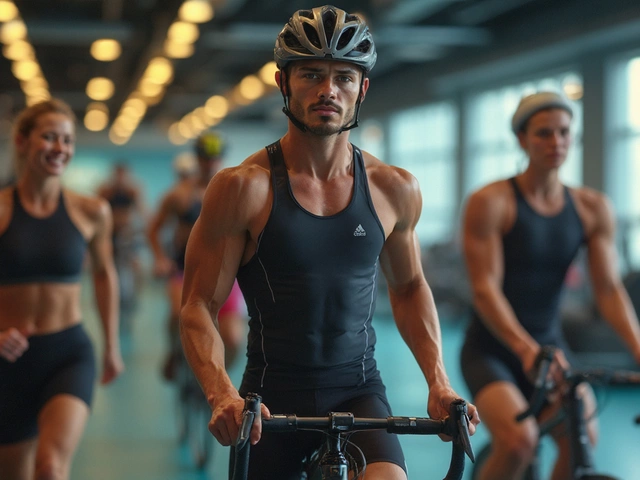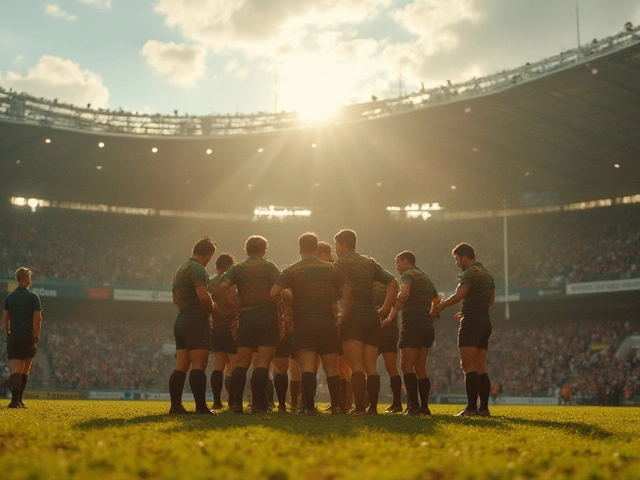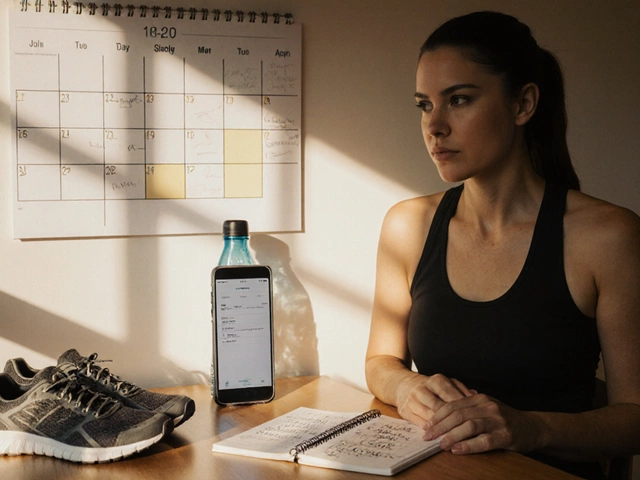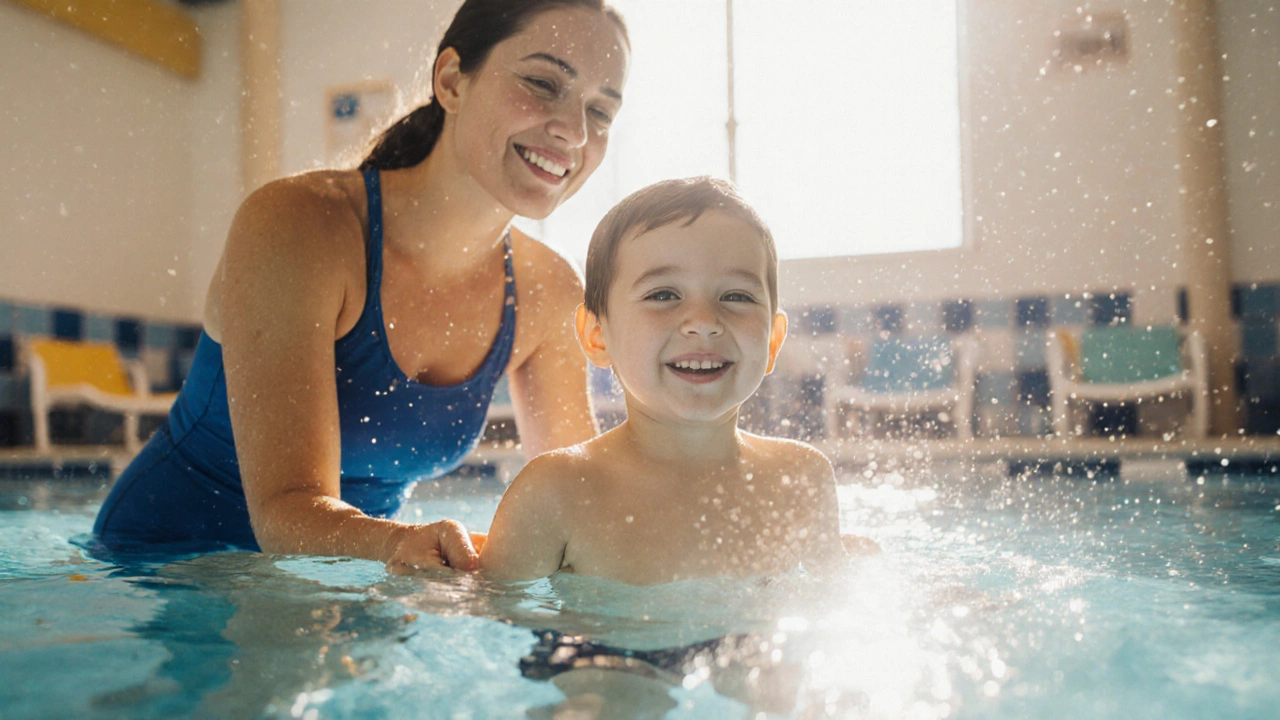
Swimming October 21, 2025
Is 7 Too Old to Start Swimming Lessons? Answers for Parents
Swimming Milestone Calculator
Track Your Child's Swimming Progress
Estimate when your child will master key swimming milestones based on lessons per week and their current skill level.
Wondering if a seven‑year‑old can still pick up swimming? The short answer is a resounding yes - age seven is actually a sweet spot for many kids to begin formal lessons. Below we unpack why, how to choose the right program, and what milestones to expect.
Why Age Seven Isn’t a Barrier
At seven, most children have the coordination and attention span needed for structured instruction. Their Child development is typically at a stage where they can follow multi‑step cues, stay in the water longer, and grasp basic swimming concepts. According to a 2023 study by the National Center for Water Safety, kids who start lessons between ages 5‑8 learn core strokes 30% faster than those who begin later.
Physical Benefits That Kick In Early
Swimming is a full‑body workout that builds muscle strength, lung capacity, and joint flexibility without harsh impact. For a seven‑year‑old, regular sessions can improve cardiovascular health and support healthy growth patterns. Parents often notice better posture and stamina in school activities after a few months of water work.
Boosting Water Confidence
One of the biggest hurdles for any beginner is fear of the water. At seven, kids are usually curious enough to face that anxiety and mature enough to understand safety instructions. Programs that emphasize water confidence use games, gradual submersion, and positive reinforcement to turn nervousness into excitement. The result is a child who not only knows how to move but also feels comfortable asking for help when needed.
Choosing the Right Program
Not all swim schools are created equal. Below is a quick comparison of three common options you’ll find in most communities. Use it to match your family’s schedule, budget, and learning style.
| Option | Group Size | Cost per Week | Typical Progression | Key Advantage |
|---|---|---|---|---|
| Traditional Swim School | 6‑8 children | $45‑$60 | Level‑based (Beginner → Intermediate → Advanced) | Structured curriculum, certified instructors |
| Private Instructor | 1‑2 children | $70‑$90 | Customized pace, focus on specific strokes | Highly personalized attention |
| Community Pool Program | 4‑6 children | $30‑$40 | Open‑skill sessions, less formal assessment | Low cost, flexible scheduling |
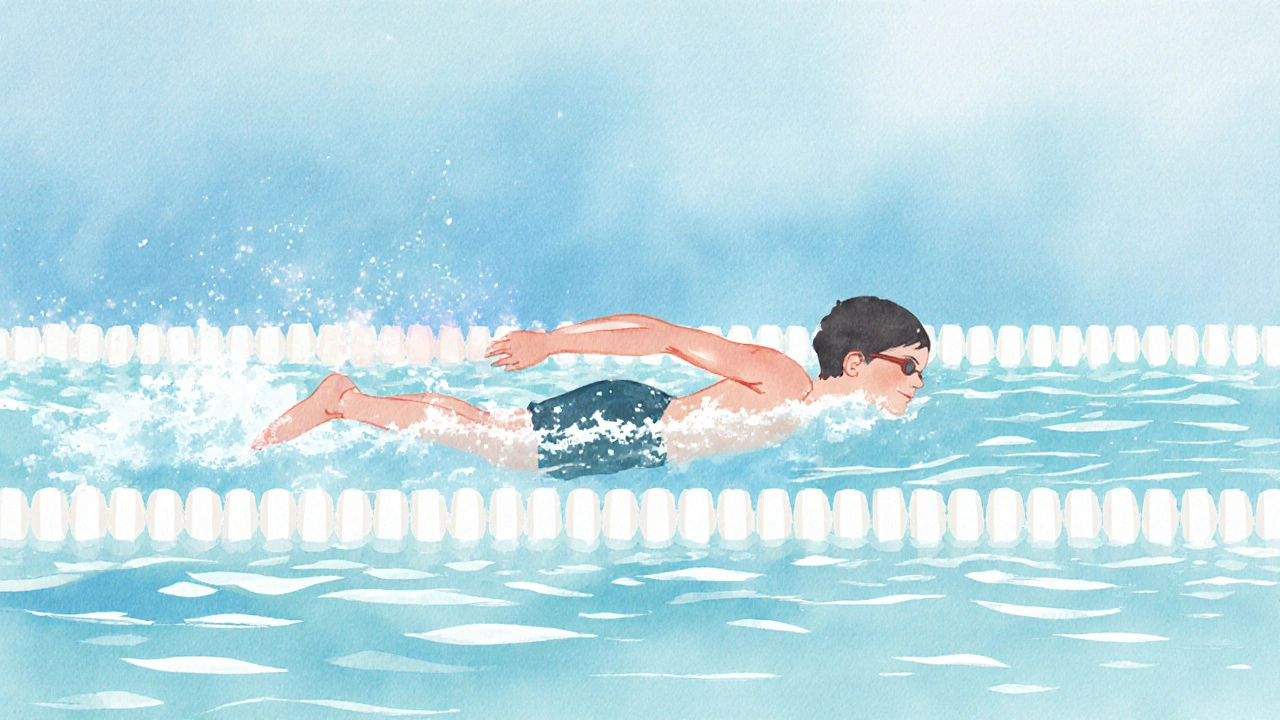
What to Expect in the First 12 Weeks
Most programs break down learning into bite‑size milestones. Here’s a typical timeline for a seven‑year‑old:
- Weeks 1‑3: Water entry, basic breath control, and floating on back.
- Weeks 4‑6: Introduction to the front crawl arm movement and kicking.
- Weeks 7‑9: Coordinating arm‑kick rhythm, basic treading water.
- Weeks 10‑12: Full front crawl across a shallow lane, introduction to backstroke.
By the end of the first quarter, most kids can swim 25 meters without assistance and are comfortable submerging their face.
Safety First: Essential Guidelines
Even with skilled instructors, parents must reinforce swim safety guidelines at home. The American Red Cross recommends:
- Never leave a child unattended near water.
- Teach basic rescue signals (wave, shout).
- Equip the home pool with a lockable cover.
- Enroll in a water‑safety refresher every two years.
Following these steps dramatically reduces the risk of accidental drowning - the leading cause of unintentional injury death for children ages 1‑14.
When to Consider Alternative Approaches
Some families opt for aquatic therapy if the child has physical limitations or sensory processing challenges. These programs blend therapeutic exercises with gentle water exposure, fostering confidence while addressing specific health needs. If you notice that your child is unusually anxious or has medical concerns, discuss a tailored plan with a pediatrician or a certified aquatic therapist.
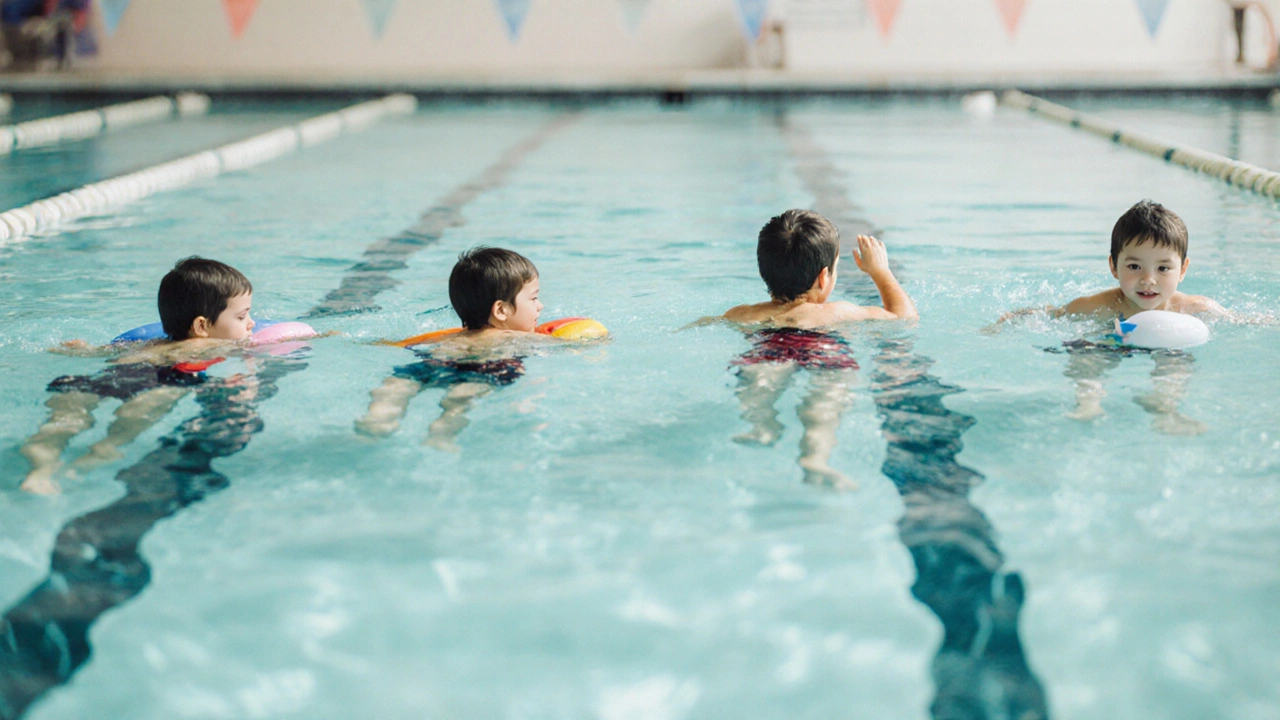
Common Myths About Starting Late
Myth #1: "Kids can’t learn the proper technique after age six." Reality: Technique can be refined at any age; early learners simply have a longer window to master multiple strokes.
Myth #2: "Swimming is only about staying afloat." Reality: It’s a complete fitness activity that improves cardiovascular health, strength, and mental well‑being.
Myth #3: "All seven‑year‑olds are afraid of water." Reality: Fear varies individually; a supportive instructor can turn apprehension into curiosity within a few lessons.
Tips for Parents to Support Progress
- Attend the first few lessons to understand the instructor’s teaching style.
- Practice basic drills at home - even on a bathtub - to reinforce breathing.
- Celebrate small wins (e.g., blowing bubbles) to keep motivation high.
- Provide proper swim gear: comfortable goggles, a snug swim cap, and a well‑fitting swimsuit.
- Schedule consistent sessions (at least twice a week) for steady skill acquisition.
Next Steps: Getting Started Today
If you’re convinced that seven is a perfect age, start by researching local community pool programs or reputable swim schools. Call to ask about instructor certifications, class sizes, and trial lessons. Most places will offer a free introductory session - a low‑risk way to see if the environment clicks for your child.
Can a seven‑year‑old learn all four competitive strokes?
Yes. While a child may start with the front crawl, many schools introduce backstroke, breaststroke, and butterfly by age nine or ten. Progress depends on individual coordination and practice frequency.
What if my child is shy about getting their face in the water?
Start with play‑based activities: blowing bubbles, splashing games, and using floating toys. A patient instructor will gradually increase submersion time, turning fear into a fun challenge.
How many lessons per week are ideal for a seven‑year‑old?
Two to three 45‑minute sessions provide enough repetition without causing burnout. Consistency beats intensity for skill retention.
Do I need special equipment for my child’s first lessons?
A well‑fitting swimsuit, goggles, and a swim cap are enough. Some schools provide flotation aids for the initial class.
Is it safe to let my child practice unsupervised at home?
Never leave a child unattended near any water source. Even shallow tubs can pose a risk. Always prioritize supervision.
